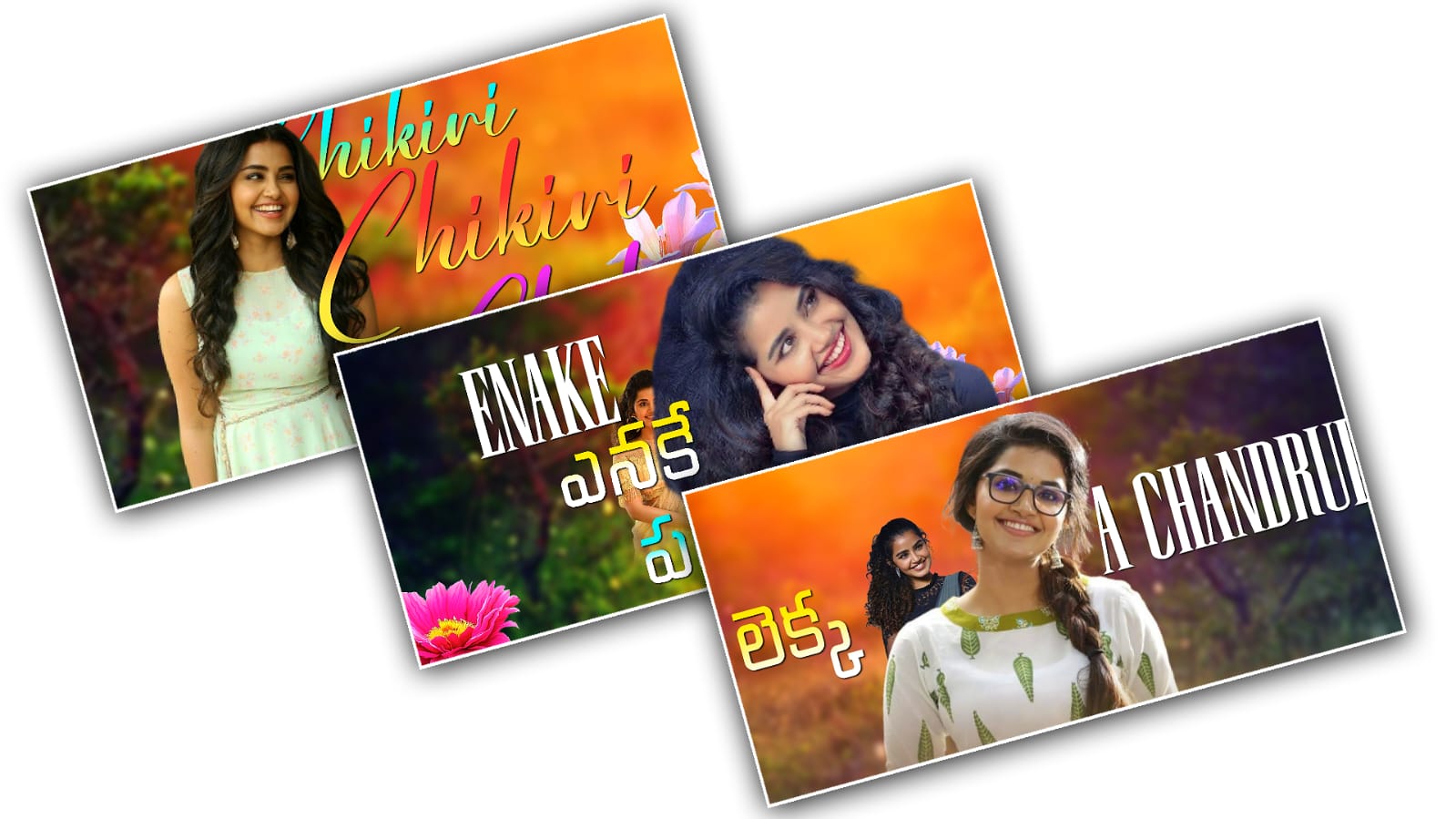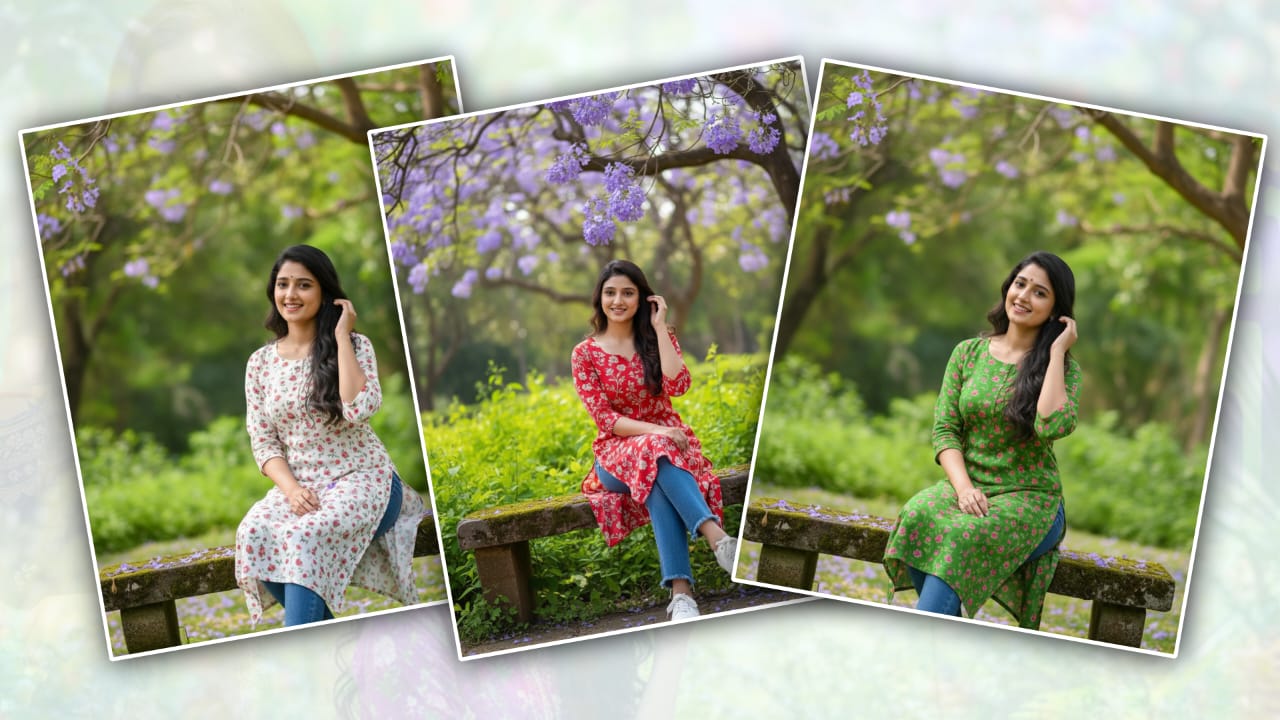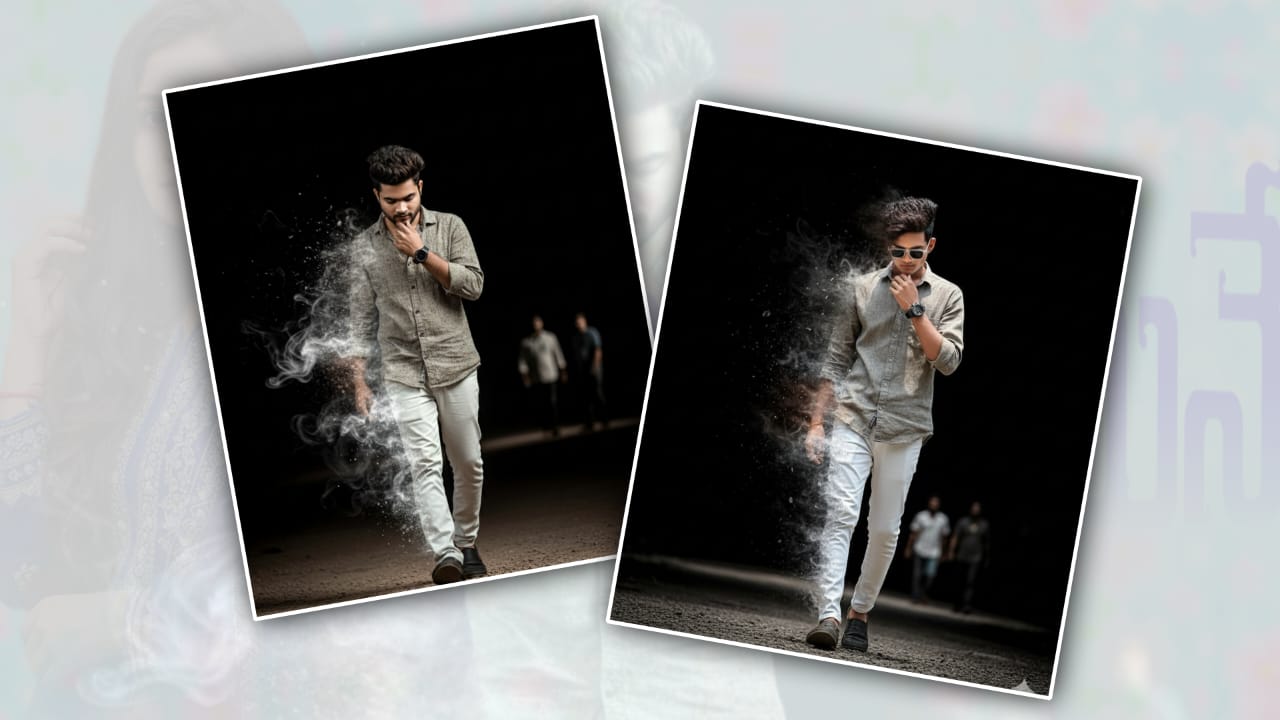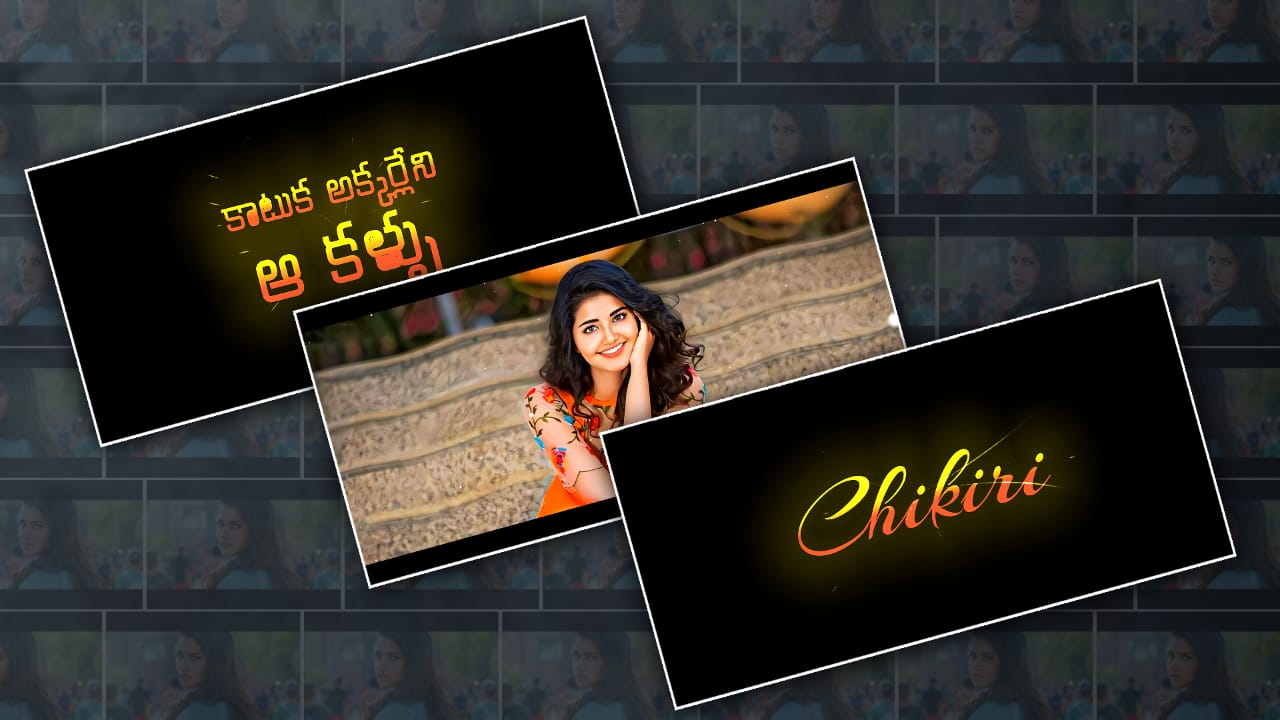Introduction to the three-D Lyrical Video Trend
In current instances, lyrical videos have undergone a super transformation with the incorporation of 3-dimensional movement, intensity effects and dynamic typography—and it’s all feasible on cell gadgets way to apps like Alight Motion. Editing a lyrical video in 3D fashion doesn’t simply imply setting phrases on a moving heritage, but as a substitute crafting an immersive audio-visual experience in which textual content, camera motion, layers and beat-sync combine to create an experience of intensity and dynamism. Whether you’re producing content for social media reels, YouTube shorts or full-display reputation messages, gaining knowledge of this approach opens up a creative path that stands proud. In this article, you may discover ways to approach the complete method—from selecting your song and belonging through keyframing and 3D camera movement, to final export—so you can make a compelling 3D lyrical video in Alight Motion.
Setting Up Your Project in Alight Motion
Begin with the aid of establishing Alight Motion and tapping the “ ” to begin a brand new assignment. Choose the issue ratio suitable for your target platform (for instance, nine: sixteen for celluloid motion pictures or 16:nine for YouTube). Set a high resolution and choose a body rate—30 fps or 60 fps, depending on how clean you need movement to appear. Naming your venture at this stage helps you to stay prepared. It’s also wise to import your audio track (the track to which the lyrics correspond) into the timeline first, because the beat-sync and timing of the lyrics will depend upon the tune’s rhythm. After uploading the audio, you might need to set markers or notes at key beats in the music (such as the refrain entry or a drop) so that you can align your textual content animations and camera movements with the song. Starting properly with the best canvas size and frame
Crafting Your Background and 3-d Camera Setup
With the undertaking canvas geared up, the next step involves building the environment wherein the 3-D lyrical textual content will stay. You may want to use a nevertheless image, a video clip, or a gradient/motion heritage depending on our aesthetic. Add that to your composition, after which set up the 3-D camera. Alight Motion allows you to transform layers into 3D layers and move them alongside the z-axis, giving the phantasm of intensity. For example, you may arrange the history barely in the back, place it as a 3D layer, then add extra layers in front. By transferring the camera layer (the “digicam” item), you may simulate zooms, pans, or rotations. The evaluation between foreground elements (lyric textual content) and background motion provides an effective spatial impact. When configuring the camera, keyframe its initial and final positions so the digicam actions throughout the scene in place of final static—this motion is a part of what makes the video experience 3-dimensional.
Adding and Animating the Lyrical Text
Once the historical past and digital camera are set up, it’s time to bring in your lyrical content. Import or kind the lyrics inside the textual content layer(s). Choose readable fonts, appropriate sizes, and possibly ambitious weights or outlines so the text stands proud. Align your text layers on the timeline so that the appearance of every line or phrase matches the track. For animation, use keyframes: set a starting point (e.g., zero opacity or off-screen position), then at a second keyframe pass to full opacity or on-screen function, and sooner or later animate out again. Use easing capabilities (ease in, ease out) to ease the motion. To beautify the 3D sense, convert the text layer into a 33D layer and upload moderate z-axis movement (for example, carry the text from a long way to near the camera or have it rotate slightly). La
Syncing with the Beat and Adding Motion Effects
To raise your video from proper to outstanding, syncing your animations to the beat of the tune is vital. Scrub via the audio and mark beat hits (you can visually see peaks in the waveform or pay attention to the drum hits). Then align the textual content animations or camera motion to these beats. For example, a lyric line can seem exactly on the beat or flow out whilst the beat drops. Add motion effects, which include shake, zoom burst or brief rotation at critical moments to heighten power. Some editors use overlays, flashes or glitch consequences timed to overcome hits. One Redditor summarised:
“Just look for tutorials … it’s very hard to explain, but whilst you get it, you get it.”In Alight Motion, once you perceive beat factors, add effects by using key-framing the impact’s depth—e, at one point, add excessive shake depth, then fade out over the following couple of frames. Using 3D layers, you may additionally pass the camera in sync with the song—for example, a brief push-in on the refrain, or a round camera orbit on a major lyric line.
Layering Depth: Foreground, Midground and Background Elements
A key principle of 3-D enhancing is layering intensity. Rather than having text appear on a flat plane, you could create foreground elements (like textured shapes), midground (the textual content layer) and background (the environment or effect layers). In Alight Motion, you achieve this through stacking layers and allowing “3-d layer” for every, then adjusting the Z-position. For example, place glowing particle overlays barely in front of the text and pass them slowly across the screen, which gives a feel of immersion. Then the history can be a diffuse transferring gradient or a video clip set similarly again. As one guide explains, this push into Z-space “makes the scene loads extra interesting”.
Using Effects and Transitions to Enhance Visuals
To polish your lyrical video, consequences and transitions play a large role. Use mixing modes for your text (for example, Screen or Add) to allow glows or overlays to shine through. Add glow or drop-shadow to text for better visibility. Transitions between lyric lines or scenes can encompass wipes, mild-flashes, zoom cuts or 3-D digicam movements (camera rotates and reveals the next line). One tutorial mentions the usage of “perfect glow” and placing the mixing mode to display.
ALIGHT MOTION PRESET
In Alight Motion, yocanld test with results that include “Perspective Transform” or “3-d Rotate” to have textual content seem like flipping or rotating in space. You may additionally upload adjustment layers to apply colour grading, vignette or film grain to unify the look. The goal is to make the transition experience as rhythmic and dynamic as the lyrics themselves.
Fine-Tuning Animation Curves and Keyframe Graphs
While keyframes manage fundamental motion, great-tuning the timing and easing curves transforms motion from mechanical to fluid. In Alight Motion, each animation (role, rotation, opacity, etc.) helps eaeaseurves and graph editors. The curves permit you to manage the acceleration/deceleration of the movement. For instance, a text line ought to “ease in” slowly, after which “ease out” fast, matching the beat’s float. On Reddit, a person pondered the significance of gaining knowledge of curves:
“graphs are so-so puzzling to me, so this may be amazingly helpful” It’s really worth spending time inside the graph editor to make easy keyframe transitions (keep away from sudden jerky movement until it’s intentional). For digicam movement, small adjustments within the z-axis or slight rotation can be made to make it feel cinematic. You may additionally replica a layer and offset its keyframes by some frames (behind schedule) to create layered motion—an approach one editor defined: “zoom in a little bit … after which we offset this residue … it’s going to have like a delay effect”
SBK edits legit
The result is a polished animation that feels organic and professionally achieved.
Colour Grading, Visual Effects and Polishing
Once the core animation and sync are whole, pass on to visible polish. Applcolouror grading to set the mood—warm tones for romantic lyrics, cool fsombreber, neon for lively. Use Adjustment Layers to use shade correction across all layers so everything seems cohesive. Visual outcomes like lens flares, bokeh overlays, light leaks and particle animations can add more flair. Some editors use “3D Effects” guides to turn layers into tunnels or add repeating layers for stylised consequences.
AlightMotionX.Com
Be positive to check that text stays legible, especially in opposition to transferring backgrounds—if necessary, add a subtle dark overlay behind the text or growth stroke thickness. Consider adding a vignette or movie grain for a cinematic sense. Also, preview the animation at 100% decision and watch cautiously for any jitter or misaligned keyframes.
Exporting the Final Lyrical Video
After your edit is complete and you’re happy with the timing, consequences, colour and digital camera movement, it’s time to export. In Alight Motion, pick your export settings: pick out the resolution you put to begin with,e.g, 1080×1920 for cell vertical, select high bit-rate if to be had to preserve visible fidelity, and pick out the codec (H.264 is standard for social systems). Before the very last export, scrub through the entire video to test for system faults, mis-timed lyrics, or camera jumps. A not-unusual mistake is misaligned audio-lyric sync, so ensure every line appears precisely when the corresponding lyric is heard. After exporting, watch the video at the actual tool type you’ll submit it on (for the reason that colourations and motion can also show differently). If the whole thing appears precise, you’re geared up to upload it for your platform, which includes Instagram Reels, YouTube Shorts or WhatsApp reputation.
Tips for Creativity and Growth as an Editor
Beyond the mechanics, growing your innovative eye is essential. Study trending lyrical videos and notice what you want—digital camera sweeps, flashy transitions, sync precision. Also, don’t be afraid to remix what you spot, but upload your specific twist. One Reddit person stated:
“Personally, reading people’s edits simply and properly to learn how to use the app and get your personal ideas!!”
Additionally, store presets and templates as you broaden them so that you can reuse outcomes and speed up destiny edits. Keep attempting new fonts, movement paths, and layering styles. Participate in enhancing demanding situations or recreate trending edits to your very own style. Over time, this exercise will sharpen your talent in 3D digital camera movement, depth layering and lyric animation. Finally, continually back up your project documents in case you want to revisit and remix later.
Conclusion: Bringing It All Together
Creating a 3-D lyrical video in Alight Motion is both a technical and creative endeavour. From the instant you set up your project to when you export the final cut, each decision influences how immersive and attractive your result can be. You’ve configured the canvas, imported your audio, built a 3-D environment with historical past and digital camera, animated your lyrics with keyframes and intensity motion, synced the whole lot to the tune’s beat, applied results and varnish, and exported the final product. While the steps might also seem many, each builds on the previous to yield a dynamic, professional-looking video. With practice, you’ll gain velocity, self-belief and originality. Now it’s your flip — fire up Alight Motion, choose your favourite music, and craft a 3D lyrical video that stands proud.






